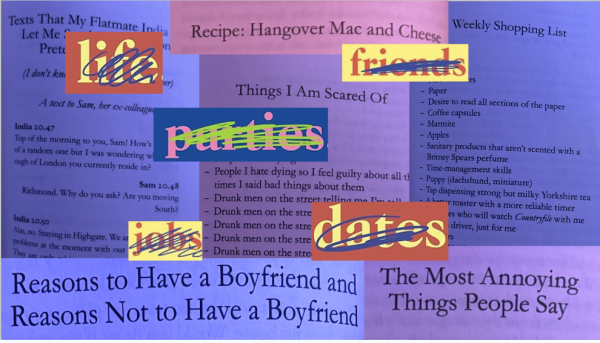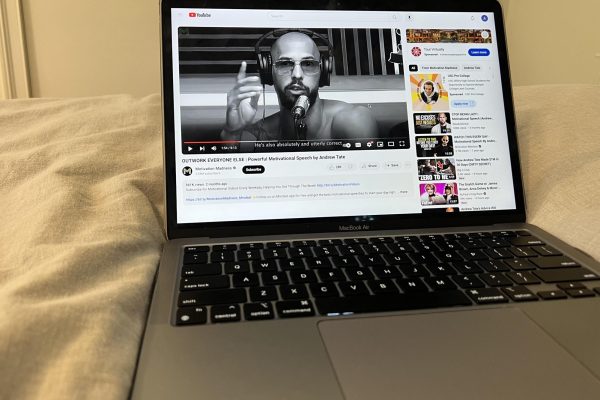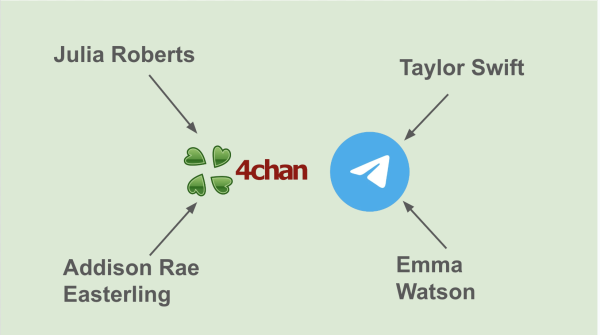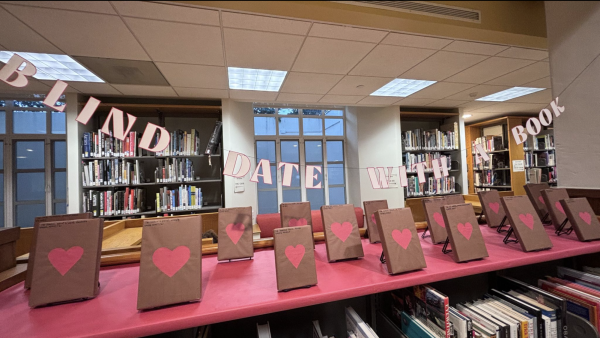Column: Restorative justice: A service-oriented healing response to harm
Photo credit: Tingey Injury Law Firm, licensed under CC BY 2.0
Lady justice holds an even scale. Criminal justice inequalities show how the scale of justice has never been equal.
January 26, 2022
After the discovery of hate speech in the affirmation bathroom, Dean of Student Life, Equity and Inclusion Samantha Hazell-O’Brien introduced pillars of restorative justice were to the Archer community to understand and rebuild. Restorative justice is a teaching in tandem with the work of philosophers to promote anti-racist healing in action. Looking at the history of its progression can inform the future of its impact, and our community’s collective and individual’s response to disgusting and hateful language. Moving forward, I think it is essential to use the core component of restorative justice described as personal exploration to identify our personal impact to injustice and look to areas of service where we could help our greater community.
Explaining the execution of restorative justices’ focus on the most impacted, Dean of Student Life, Equity and Inclusion Samantha Hazell-O’Brien reflected on Archer’s implementation. Restorative justice is an essential component of progress. Charting its development can provide a window into more personal and community efforts to respond to situations of injustice.
“First step … you need to stop and reduce the harm and then you move into groups that are most directly impacted … You then move into the macrocosm. … That might be more affinity groups like our API, or Latinx,” Hazell-O’Brien said. “Then you want to move into the larger community because you have a crossover of these identities and things that are going to be triggering for any person at our school.”
As an alternative to oppressive and targeting criminal justice, restorative justice was introduced to Western industrialized countries only in the 1970s. Since then, its reach has broadened. From schools to criminal justice systems, it is used as a tool for community building and repair after harm and destruction, with a focus on rebuilding rather than punishing.
Beginning with identification after a crime or harmful action has impacted a community, members are notified and made aware of the damaging act. Individuals directly impacted are consulted and investigations are conducted with full transparency. Once discovered, the perpetrator accepts direct responsibility for their actions. This facilitates stronger relationships between community members and their leadership as well as draws attention to crimes that target and cause direct harm to specific populations. In businesses, governments, schools and communities, this is transformative in responding to injustices.
I think service is a natural connection to restorative justice. Through my community service work, I’ve educated myself about many systems of injustice that target intersectionally marginalized people. Moving forward as a community requires a group effort to understand how people with intersectionally privileged identities contribute to systematic suppression. Criminal justice reform is a potent example of restorative justice in action. Restorative justice is a continual practice, and can be a solution to many facets of inequity from incarceration and to drug policy to racial injustice and collateral consequences State felony disenfranchisement and voter suppression efforts across the United States prove a continuation of suppressive legislation.
Additionally, supporting prison reform is important to ensure that restorative justice connects victims with offenders and provides an open dialogue. This is widely seen as systemically restructuring and repairing cycles of incarceration. While the United States colossally fails its people in a criminal justice focus on punishment, other countries that center their work on rehabilitation have more equitable systems of incarceration.
Proposed progressive legislation like The EQUAL Act, (Eliminating a Quantifiably Unjust Application of the Law Act) is necessary to break down these barriers. The EQUAL act has passed the house and is sitting in the Senate currently. Senator Booker spoke on the importance of the bill.
“This critical piece of legislation will help right the wrongs of our nation’s failed War on Drugs and reform our broken criminal justice system,” Booker said. Supporting efforts to protect the right for everyone to vote like the Freedom to Vote Act and The John Lewis Voting Rights Advancement Act are essential ways to connect the teachings of restorative justice to service. These issues and more are on the ballot this November, as are our local representatives. It is essential that we bridge the gap between restorative justice and activism and service.
I spoke with Hazell-O’Brien on the connection between restorative justice and service. Hazell-O’Brien pointed out the necessity to partner with a community and not make assumptions about the needs of the group. If you listen to the community, and “can center the communities’ needs and the harm in that community and say, we see you, we’re here for you, we’re going to help,” Hazell-O’Brien said. “You’ll have activism.”





![Freshman Milan Earl and sophomore Lucy Kaplan sit with their grandparents at Archer’s annual Grandparents and Special Friends Day Friday, March 15. The event took place over three 75-minute sessions. “[I hope my grandparents] gain an understanding about what I do, Kaplan said, because I know they ask a lot of questions and can sort of see what I do in school and what the experience is like to be here.](https://archeroracle.org/wp-content/uploads/2024/03/grandparents-day-option-2-1200x800.jpg)





























































